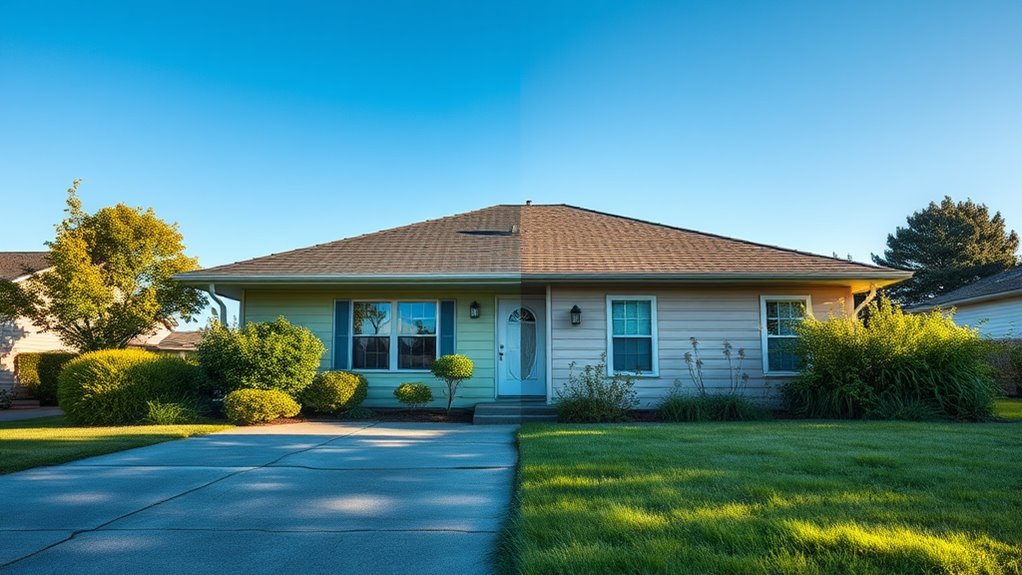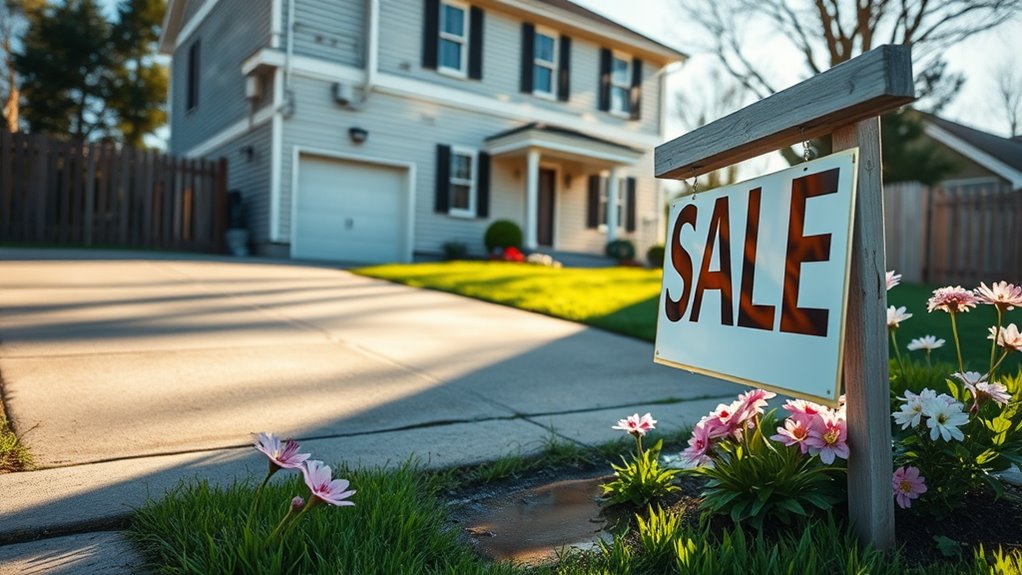Nearly half of mortgaged homes in the U.S. are equity-rich, with 47.7% of homeowners holding at least 50% equity by Q4 2024. This reflects a slight dip from 48.3% in Q3 but a notable rise from 46.1% a year earlier. Vermont leads with 83.5% equity-rich homes, while Louisiana and Mississippi lag. Only 2.5% of mortgages are seriously underwater, showing resilience in property values. Discover how regional trends could shape your equity outlook.
Key Takeaways
- Nearly 50% of mortgaged homes in the U.S. are now classified as equity-rich, showing strong homeowner financial resilience.
- Equity-rich homes have tripled since early 2020, growing from 26.5% to 47.7% in Q4 2024.
- Vermont leads with 83.5% of homeowners equity-rich, while Louisiana and Alaska have lower equity-rich rates.
- Only 2.5% of mortgaged homes are seriously underwater, a significant improvement from early 2020 levels.
- Over 40% of U.S. zip codes have at least half of mortgaged homes as equity-rich, highlighting widespread equity growth.
Overview of Homeowner Equity Trends
While the equity-rich share dipped slightly from 48.3% in Q3 to 47.7% in Q4 2024, it still reflects a broader upward trend, rising from 46.1% a year earlier. Nearly half of all mortgaged homes are now equity-rich, meaning homeowners have paid down their mortgage balance to less than half of their property’s value. This growth in equity levels highlights a significant increase in homeowner wealth over the past few years, driven by the housing market boom and rising home values. According to ATTOM data, the equity-rich share has surged from just 26.5% in early 2020, underscoring the financial resilience of residential mortgage payers. Meanwhile, the stability of underwater mortgages at 2.5% further emphasizes the strength of homeowner equity across the market. These trends illustrate how sustained home value appreciation and mortgage repayment have bolstered the financial positions of homeowners nationwide. Investing in income-producing assets like real estate can further enhance financial stability and growth.
Regional Variations in Equity-Rich Homes
Although homeowner equity has surged nationwide, significant regional disparities highlight varying economic conditions and housing market dynamics. Vermont leads with 83.5% of homeowners equity-rich, followed by New Hampshire (61.1%) and Maine (61.5%), showcasing the Northeast’s robust real estate performance. States like Rhode Island have seen notable annual increases, reflecting strong market trends and rising home equity. Conversely, North Dakota, Louisiana, and Alaska lag with lower equity-rich percentages, underscoring regional economic challenges and softer real estate demand. The Sun Belt, including Florida and Texas, faces rising inventory levels, which has tempered equity growth despite strong historical performance. Over 40% of U.S. zip codes report at least half of mortgaged homes as equity-rich, illustrating widespread homeowner wealth. These regional variations emphasize how local market trends and economic factors shape home equity outcomes, offering a nuanced perspective on the national equity landscape.
Underwater Mortgages Data

The U.S. housing market has seen a marked decline in underwater mortgages, with only 2.5% of mortgaged homes seriously underwater in Q4 2024—a stark improvement from early 2020 when one in 15 homes faced this issue. This stability in market health reflects rising property values, which have bolstered equity for many homeowners. Regional disparities persist, as states like Louisiana and Mississippi report higher shares of seriously underwater mortgages compared to Vermont and Rhode Island. The Consumer Financial Protection Bureau highlights these trends, noting that loan balance growth has been outpaced by appreciating property values in most areas. Below is a breakdown of regional underwater mortgage percentages:
| State | Seriously Underwater % | Equity-Rich % |
|---|---|---|
| Louisiana | 10.5 | 15.2 |
| Mississippi | 6.8 | 18.7 |
| Kentucky | 6.3 | 20.1 |
| Vermont | 0.7 | 45.3 |
| Rhode Island | 0.9 | 42.8 |
This data underscores the uneven recovery in mortgage equity across the U.S.
State-Specific Equity and Underwater Statistics
As housing markets evolve, you’ll notice significant variations in equity and underwater statistics across states, driven by local economic conditions and property value trends. Vermont, New Hampshire, and Maine lead with over 61% of mortgaged homes classified as equity-rich in Q4 2024. Conversely, states like Louisiana, Alaska, and North Dakota struggle with lower percentages of equity-rich properties, as many homeowners remain underwater on their mortgages. Nationally, 49.2% of mortgaged homes are equity-rich, reflecting a broader upward trend. States such as Rhode Island, Montana, and Illinois show notable increases in equity-rich homeowners, signaling improving local property markets. Meanwhile, Florida, Utah, and Idaho face declines in equity-rich percentages, underscoring the diverse market dynamics affecting homeowners. These disparities highlight how regional economic shifts and property value changes shape the financial standing of homeowners across the U.S.
Future Outlook on Home Equity and Prices

While home prices have surged in recent years, economists predict a gradual slowdown in their growth by 2025 and 2026, which could temper the rapid rise in homeowner equity. The equity-rich share of mortgages, now at 47.7%, reflects substantial growth from 26.5% in early 2020, showcasing a significant boost in homeowner wealth. However, as market conditions evolve, the deceleration in home price growth may stabilize the pace of equity accumulation. The Q4 2024 housing market is expected to remain stable, allowing homeowners to maintain their high equity positions. Seasonal fluctuations in housing activity will likely influence short-term trends, but the long-term future outlook suggests a more balanced trajectory. Monitoring these shifts is essential, as they’ll determine how homeowner equity adapts to changing economic dynamics. While the equity-rich advantage persists, the pace of its expansion may moderate, reshaping the landscape of homeowner wealth in the years ahead.
Conclusion
As home values ride the wave of market trends, you’re seeing half of mortgaged homes swimming in equity-rich waters. Yet, regional tides vary, with some states anchored by underwater mortgages while others sail high. The compass points to equity growth, but storms could lurk if prices dip. Keep your eyes on the horizon; whether you’re building wealth or steering through risks, understanding these currents will guide your financial journey.




